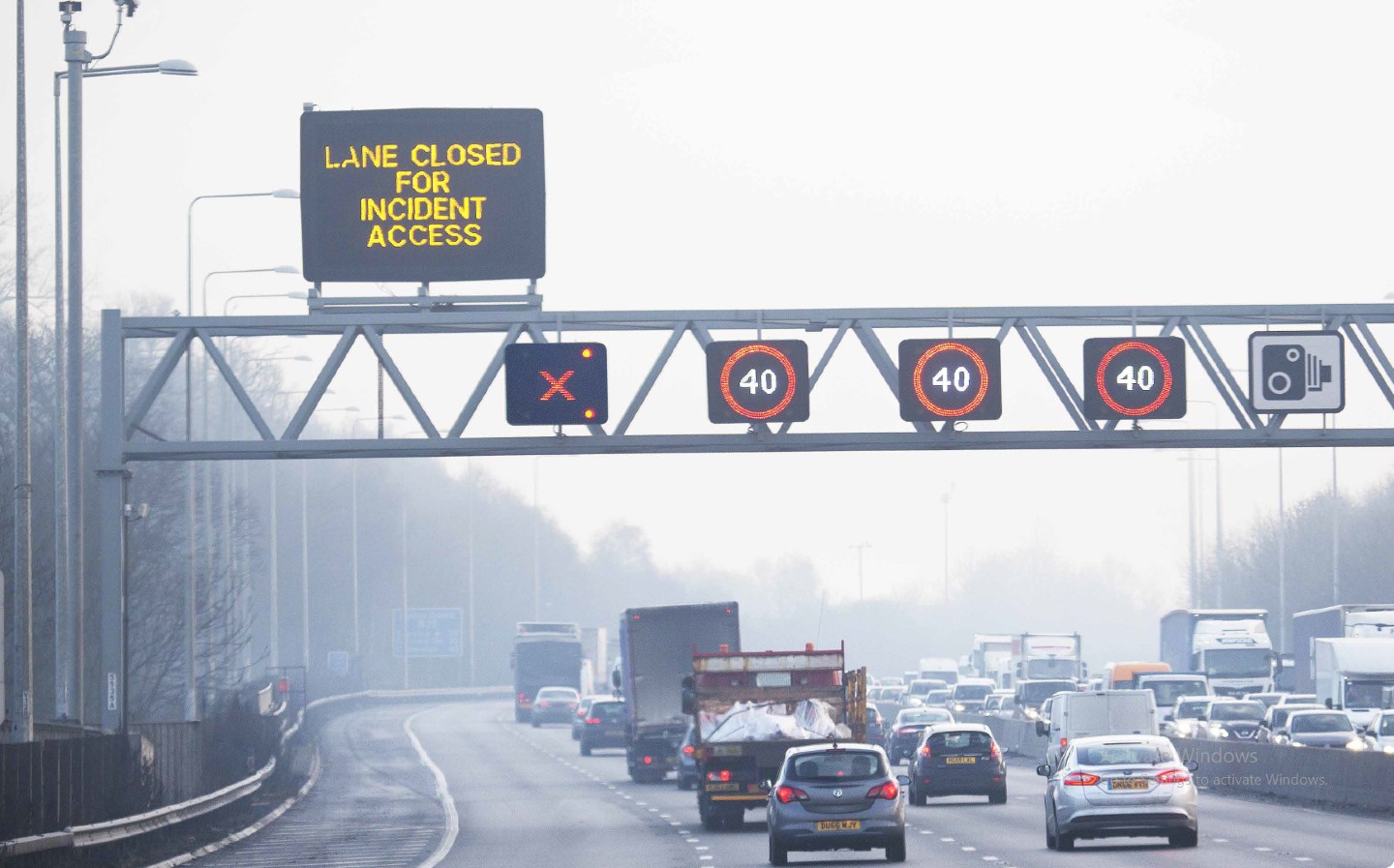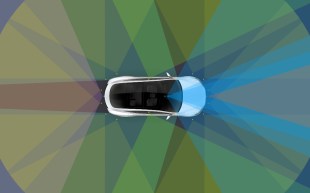Three out of five British drivers want smart motorways scrapped for safety reasons
But variable traffic management features should be retained
NEARLY TWO thirds of drivers believe that All Lane Running (ALR) smart motorways should be scrapped, according to the RAC’s latest Report on Motoring.
Some 62% of drivers want to see a permanent hard shoulder reinstated, though in combination with the additional traffic management measures of smart motorways such as cameras and overhead signs.
Overall, 63% of those surveyed do not believe that National Highways’ measures for dealing with potential breakdowns and accidents — measures such as variable speed limits, closed lane signs, cameras to detect stationary vehicles and breakdown refuges — are sufficient to make up for the lack of a hard shoulder. Just 15% found them to be adequate.
It appears, according to the RAC’s survey, that the level of dissatisfaction and concern around ALR motorways is rising.
The RAC found that 63% of drivers believe that the 1.6-mile distance between breakdown refuge areas is too great — up from 55% in 2019 — and 79% worry that they would not be able to reach one if they broke down. Fewer than half of respondents said they would know what to do if they broke down in a live lane.
Most do not trust National Highways’ ability to rapidly detect a broken-down vehicle and react accordingly; barely half trust other drivers’ ability to obey “closed lane” signs indicating a stationary vehicle.
A significant 84% of drivers believe that safety is compromised by ALR motorways, with just 43% of those surveyed indicating that they feel safe on them.
Increasing concern
A total of 24% of those surveyed by the RAC cited smart motorways as their primary safety concern on UK roads, up from 16% last year. Some 24% of drivers feel “very unsafe” according to the figures.
The concerns of those surveyed are not without some justification. Smart motorways were developed to reduce the cost of widening roads and to increase traffic flow by eliminating the hard shoulder. The roads were subsequently rolled out throughout the UK, and more are currently planned despite 39 fatalities in recent years.
As the system expanded, the number of deaths per mile rose from one every 43 miles in 2016 to one every 17 miles in 2019, the latest year for which accurate results are available. This is proportionally a higher figure than for the rest of the motorway network.
According to information obtained by the BBC’s Panorama team in 2020, since ALR sections were introduced on the M25 motorway around London, Highways England recorded a rise in near misses of approximately 2,000%. In the five years before the road was converted into an ALR smart motorway there were 72 near misses; in the five years after, there were 1,485.
Concern around smart motorways is highest among older age groups, according the RAC survey. Some 73% of over-45s want to see an end to such schemes, possibly indicating a greater level of experience when it comes to unreliable and breakdown-prone cars.
However, Highways England maintains that smart motorways are “the safest roads in the country”, and claims the number of fatalities per distance driven is a third higher on traditional motorways than ALR sections.
Earlier this year, Transport Secretary Grant Shapps also claimed the data shows fatalities are less likely on ALR motorways than on conventional ones, but acknowledged that doesn’t mean all drivers necessarily feel safe on them.
He said: “That is why I tasked Highways England last year with delivering an action plan to raise the bar on safety measures even higher.”
As a result of the findings, it was decreed that every new section of ALR motorway must include technology that can automatically spot broken down cars and close blocked lanes. Highways England also said it would fast-track stopped vehicle detection systems on existing stretches of smart motorway, bringing the life-saving technology online six months earlier than planned.
Nicholas Lyes, the RAC’s head of roads policy, believes that doesn’t go far enough to reassure motorists.
“It seems the only thing that will truly satisfy most drivers is the re-instatement of the hard shoulder,” he said. “The Government is therefore faced with a difficult choice between continuing to roll out unpopular all-lane-running motorways very much against drivers’ wishes or reinstating the hard shoulder, effectively creating three-lane ‘controlled motorways’ which would have the benefit of improved safety features but with less overall capacity.”
Tweet to @ST_Driving Follow @ST_Driving
- After reading how an RAC survey finds that 62% of British drivers want “smart” motorways scrapped, in the name of road safety, you may be interested to read that reinstalling hard shoulders on smart motorways ‘risks 25 extra deaths per year’
- It’s worth reading how smart motorway development was paused after legal threat
- Did you know that smart traffic lights signal fewer stops for motorists?





